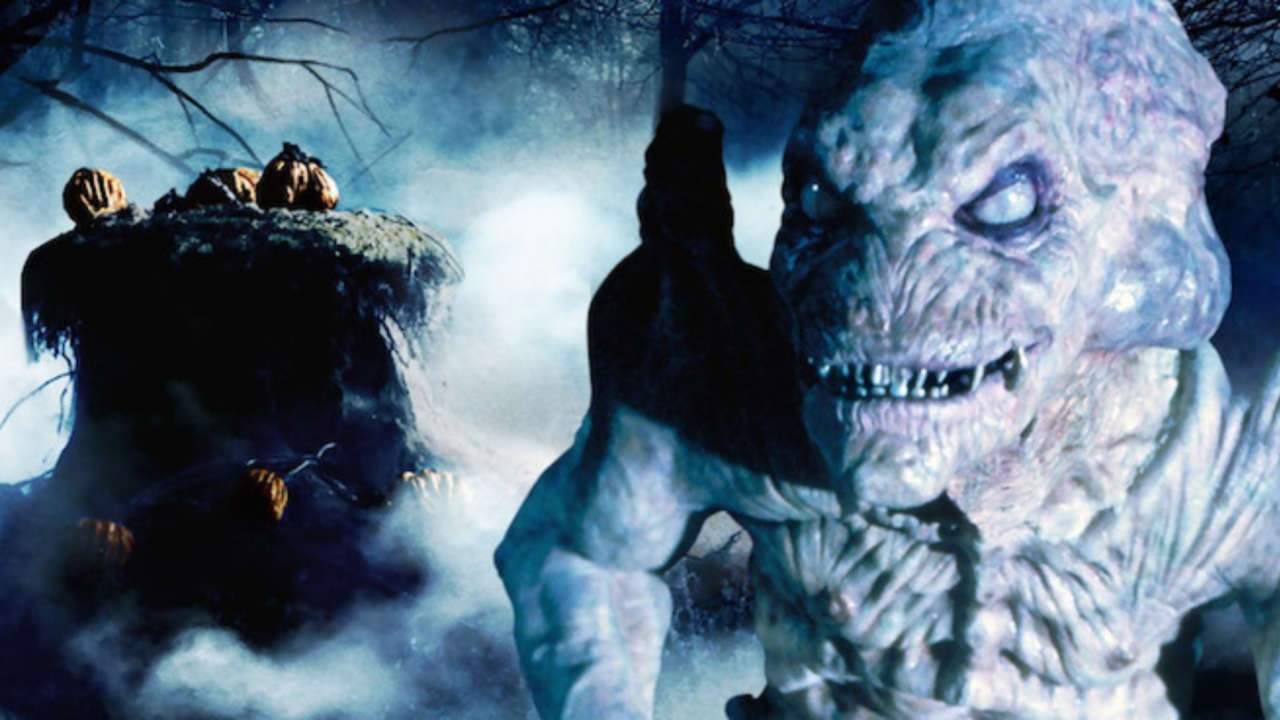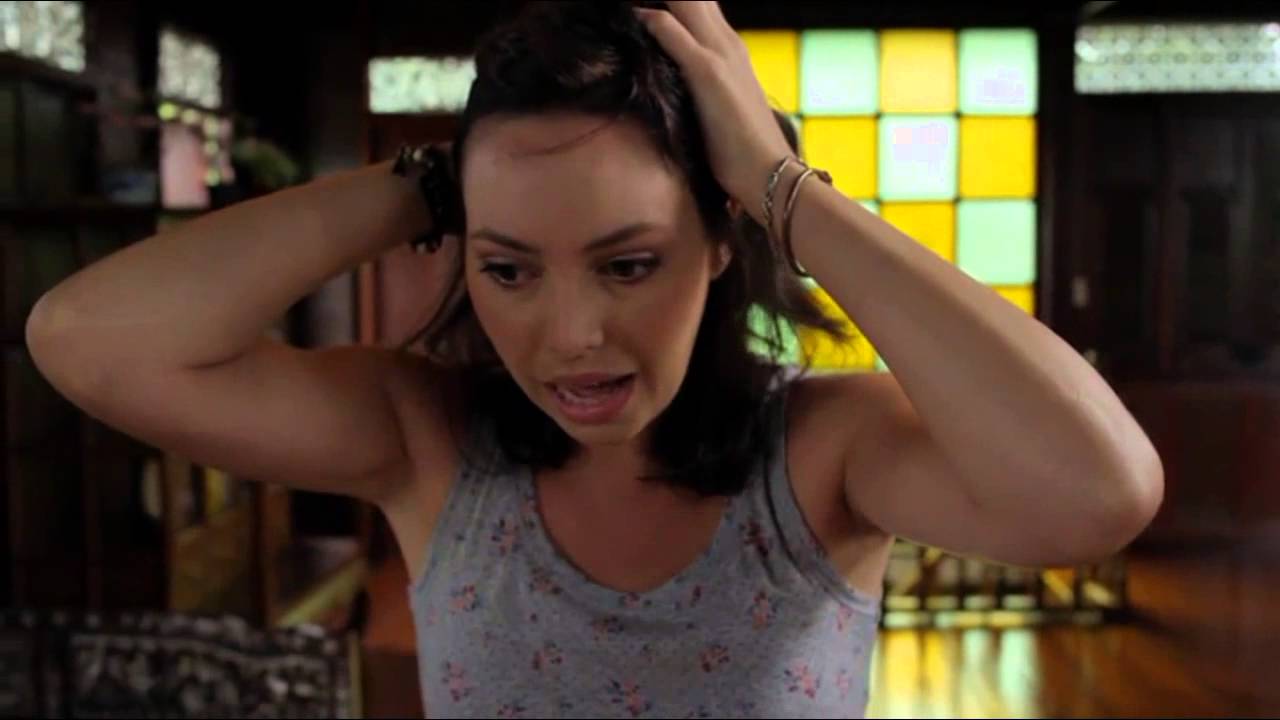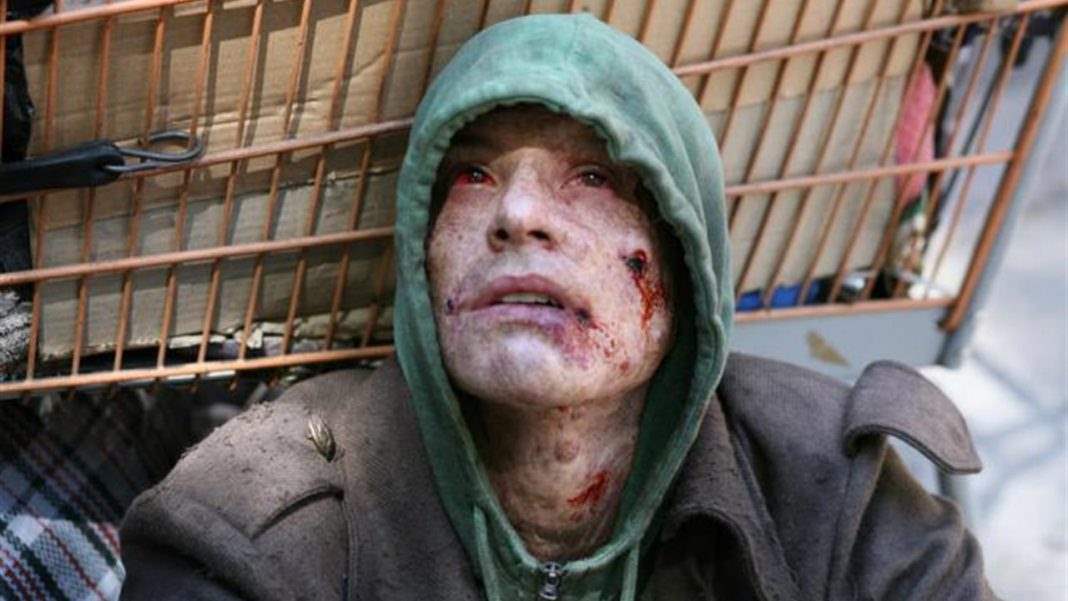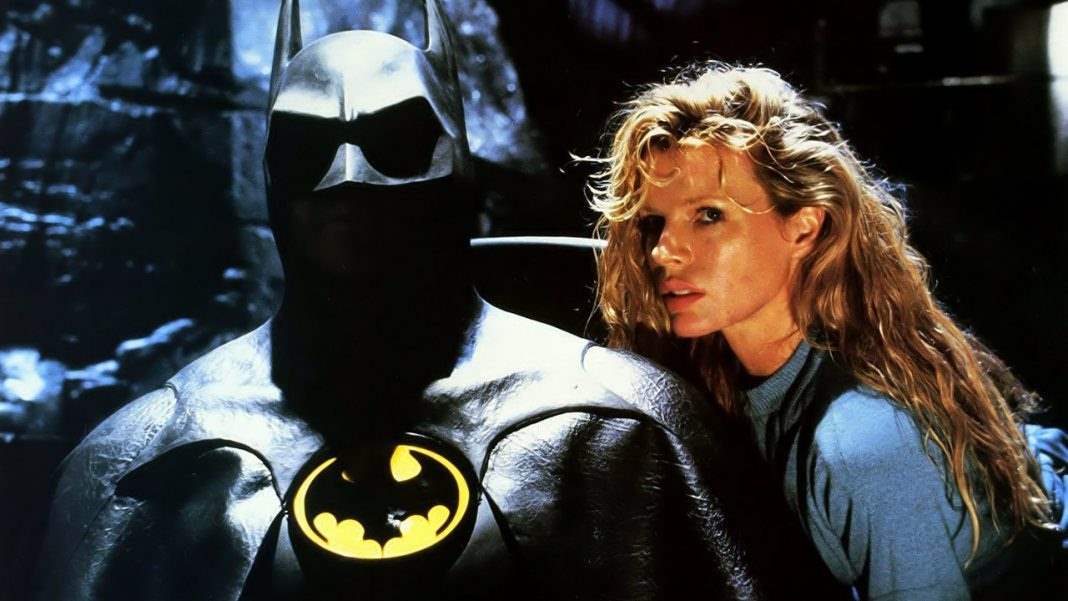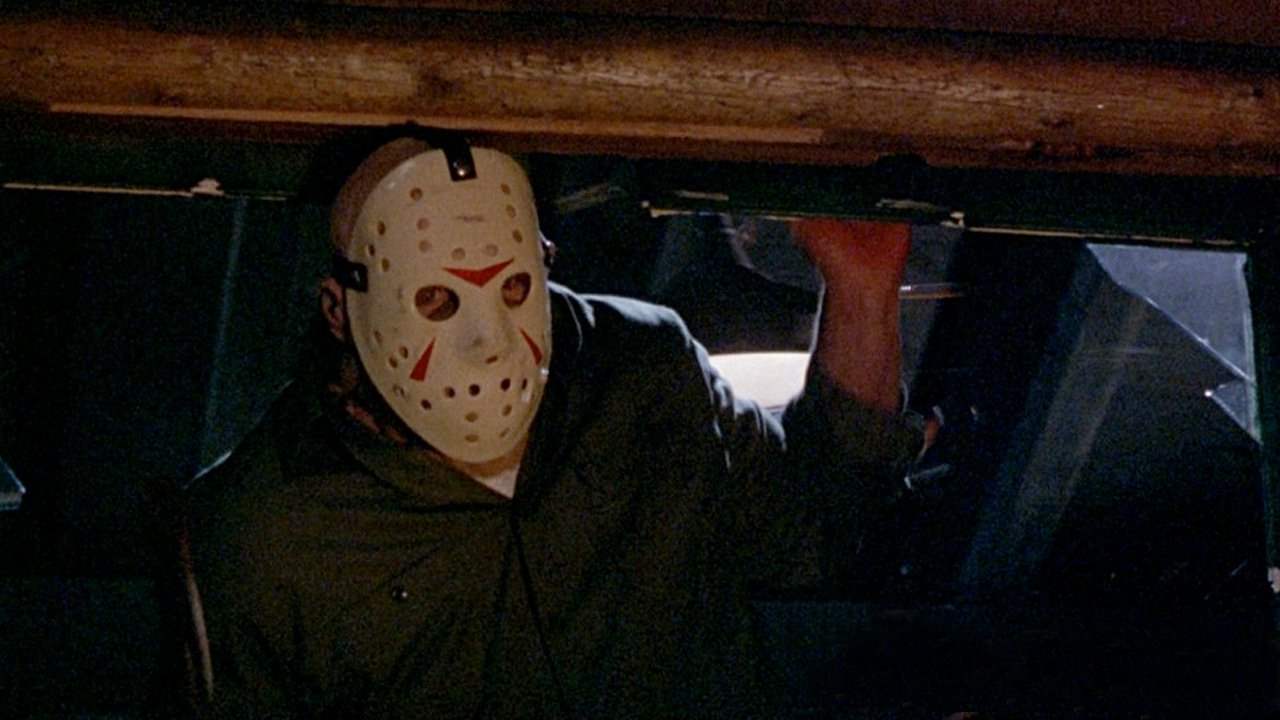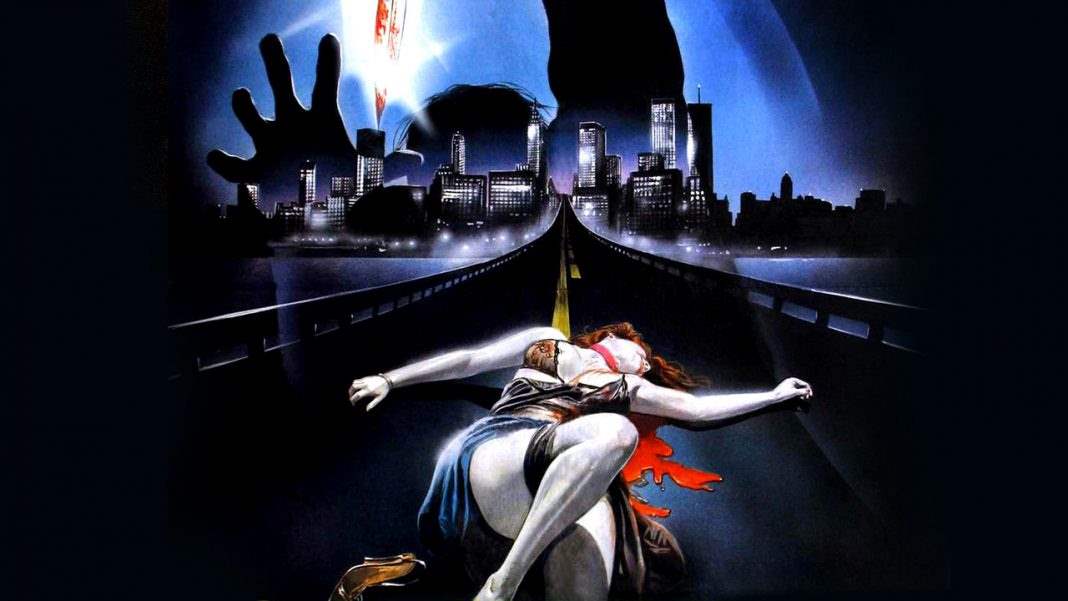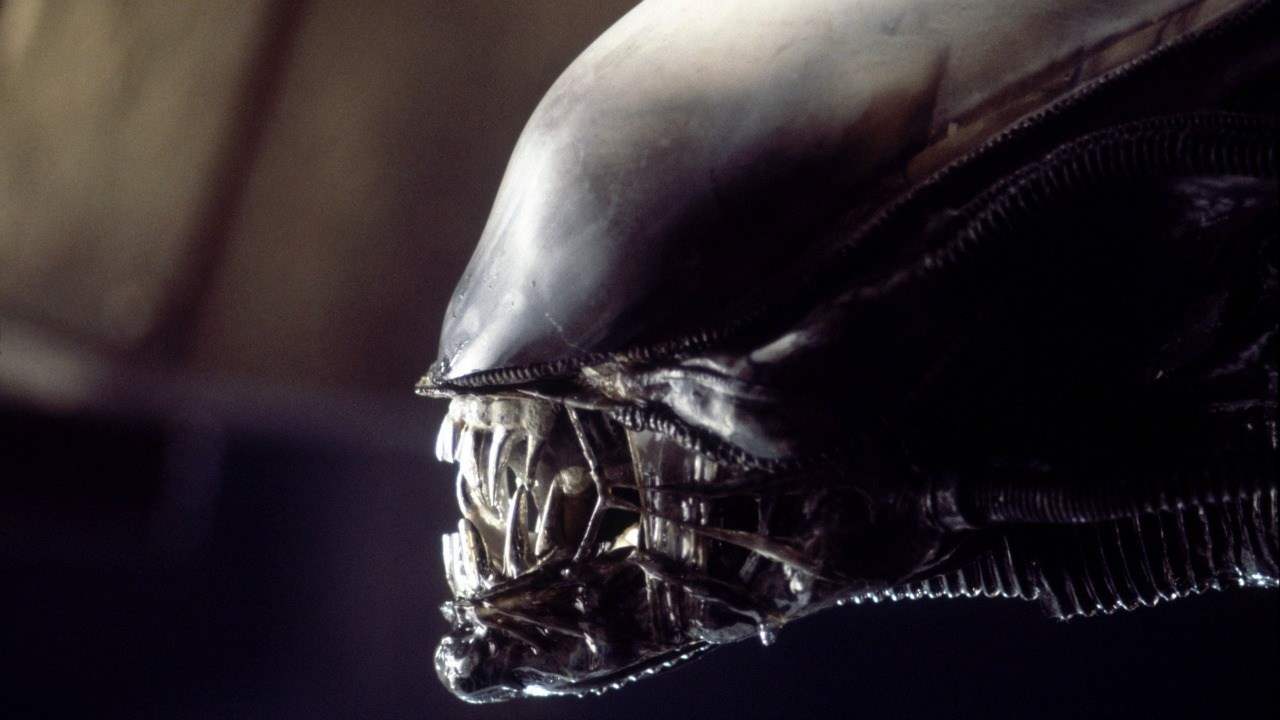Stan Winston’s Pumpkinhead is one of the most underrated monster movies of all time. It took a couple of years after completion for it to gain an audience, and then a few years after that for it to develop cult classic status. It wasn’t something people took to immediately. Like most cult classics from the late 1980’s, it was discovered on home video. I know that was where I discovered it, and when I found it at my local video store, it wasn’t even on the shelf anymore. It was kept behind the counter to make room for new releases, but I took one look at the monster on the cover and had to know more.
It’s a shame that it took so long for Pumpkinhead to find an audience, because it’s one of the best horror films of the 1980’s. So much care and thought went into bringing it to life. And it took a long time to come together. The script was originally conceived as Vengeance: The Demon, by screenwriters Mark Patrick Carducci and Gary Gerani. While the basic story beats remained intact, the creature itself changed a lot in the design process.
The writers weren’t sure what they wanted the monster to look like, and Stan Winston had not yet been brought in as director so they weren’t yet sure if the creature’s design would be in capable hands. They thought about a reptilian monster, a Lovecraftian monster and more. In an interview with Mondo Digital, Gerani even states that when they came around to the Pumpkinhead title they even thought about giving the demon a Jack-O-Lantern for a head.
Once Stan Winston came aboard, the writers knew that the project was in good hands. Winston had already won Academy Awards for his special effects work on The Terminator and Aliens and would go on to win for Jurassic Park and Terminator 2: Judgment Day. He was simply a master at what he did. But what a lot of people don’t know is that on Pumpkinhead, he was too busy to create the demon himself given that he was also the director. So he passed those duties off to protégés Tom Woodruff, Jr.—who also wound up playing the titular monster—and Alec Gillis. The final, iconic design is all thanks to them.
Of course, Pumpkinhead succeeds in many more areas than simply its demon. It is at its core a moral fable, but unique in that it is set in the deep American South rather than the typical English countryside. The tagline reads “A Grim Fairy Tale” and while that’s admittedly corny, it’s also not wrong. If anything, that in itself is the film’s mission statement. It’s not just a revenge movie even though, as such, it’s probably one of the best revenge horrors out there.
It elevates beyond that, though. This is about the very nature of revenge. It’s interesting that mainstream, action revenge movies take the concept as something that produces some kind of resolution., whereas in horror the act of taking revenge usually leads to losing one’s self in the process.
It’s also elevated beyond the traditional late ‘80’s monster movie with star Lance Henriksen, who honestly gives one of the best performances of his career. Henriksen has said that there was a specific moment in the Pumpkinhead script that convinced him to take the part. As scary and heartfelt as the whole script was, the moment just after Ed Harley has made his deal with the old witch and sees his dead son sit up in the seat next to him and ask “what did you do?” made the actor’s hair stand on end. And that chilling scene convinced him that he had to play this character. It’s a good thing, too, because it would be difficult to imagine anyone else in the role.
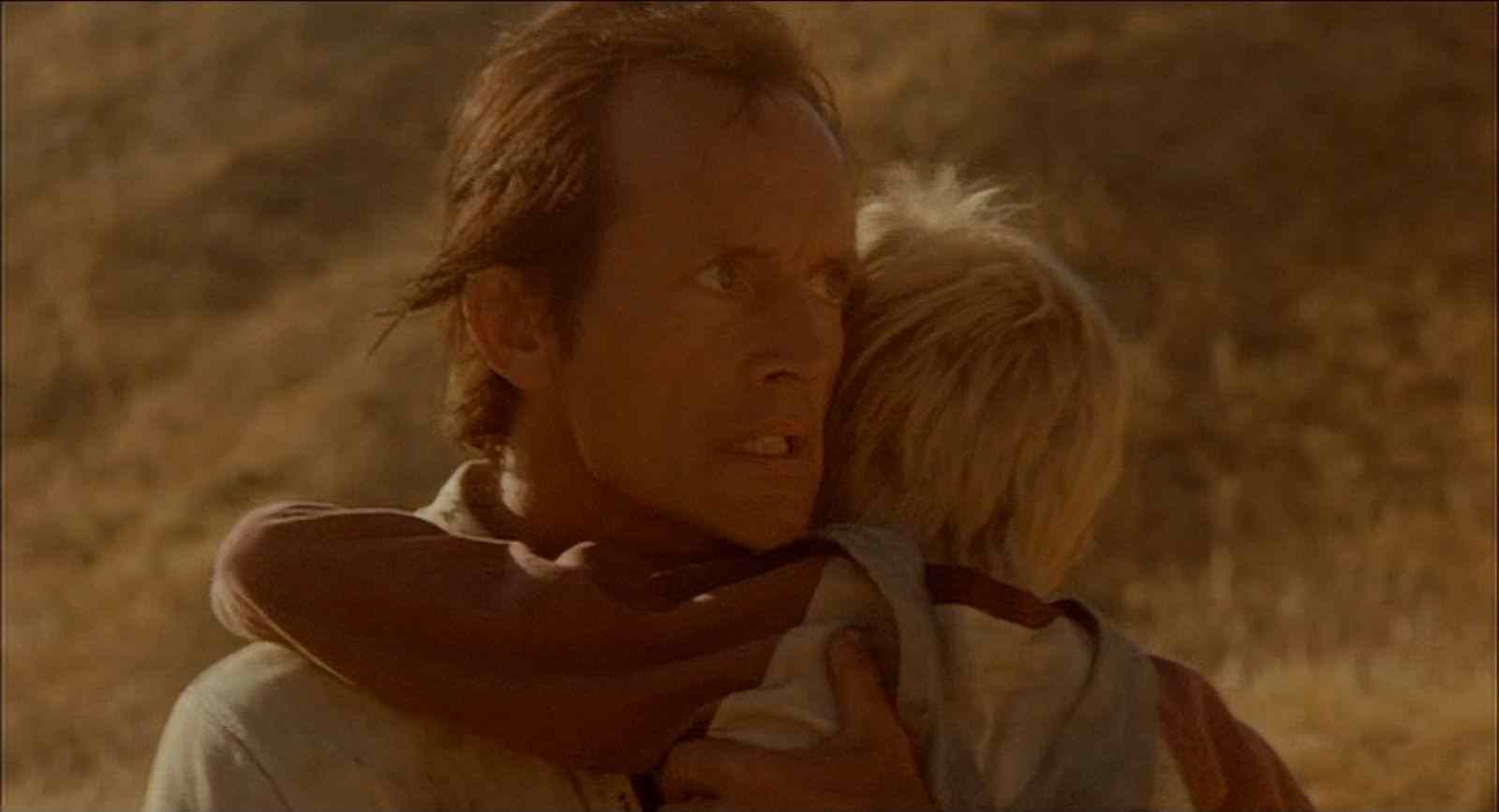 The circumstances behind the release of Pumpkinhead came down to a matter of rotten luck. It was one of the last things produced by Dino De Laurentiis’ production company before the outfit closed its doors, and they let the rights lapse, only agreeing to distribute the picture overseas. It sat collecting dust for two years before MGM picked it up for release, and even then the release was very limited.
The circumstances behind the release of Pumpkinhead came down to a matter of rotten luck. It was one of the last things produced by Dino De Laurentiis’ production company before the outfit closed its doors, and they let the rights lapse, only agreeing to distribute the picture overseas. It sat collecting dust for two years before MGM picked it up for release, and even then the release was very limited.
If things had been different, it could have been one of the great franchises. The movie could easily have gone toe to toe with the major horror hits of the time. Sadly, that didn’t happen. Even though the feature is great, there’s a lot of mythology to it, and there would have been a lot to explore as a developing franchise. But it didn’t make enough money for theatrical sequels. The Pumpkinhead franchise we have now is very different from what we could have gotten.
Gerani and Carducci wrote a sequel after completing Pumpkinhead that was very different from the film that wound up being made. Their script saw the creature evolve into a winged version of itself. While this version never saw the light of day, a model kit was eventually made based on the idea. Gerani also tried to pitch a TV series titled Tales of Pumpkinhead, which would have been an anthology exploring the different incarnations of Pumpkinhead throughout history.
An actual sequel did not come until 1994, in the form of Pumpkinhead II: Blood Wings. While it’s certainly entertaining, Blood Wings is very much the movie everyone assumed the first was going to be. It’s just a creature feature, there’s certainly not much depth to it and even Andrew Robinson’s performance doesn’t really elevate it to something necessarily great. That doesn’t mean that it doesn’t succeed at being a solid monster effort of its type, but it doesn’t stand up to the original, either. This sequel went straight-to-video and, like many DTV sequels, it did not begin life as a follow-up to the original.
It was a script that the production company already owned, rewritten to fit the mythology, which it barely did. Then things fell silent for ten years until the SyFy Channel picked up the rights to produce two sequels, Pumpkinhead: Ashes to Ashes and Pumpkinhead: Blood Feud, which were shot back-to-back in Romania. They’re about as good as one would expect, made for virtually no money with predominantly Eastern European casts trying to do American Southern accents. To their credit, though, both of these features pay great respect to the mythology.
Pumpkinhead’s evolution is a grim one. It started out as something great that did not get the attention it deserved. Now the monster is iconic and the film is regarded by most horror fans as a classic. And that’s good. There are toys, models, statues, comics and there was even a video game. The demon has made his mark on pop culture, small as it may be.
But it deserved better treatment than it got from the very beginning. The film holds up, but the franchise is laughable. For this reason, I can’t understand an automatic distaste for the proposed reboot. There’s plenty of mythology left to explore, and the series deserves a second chance.
